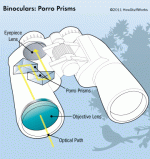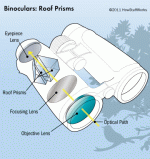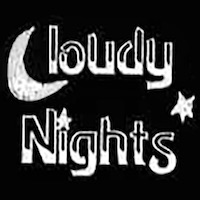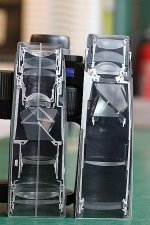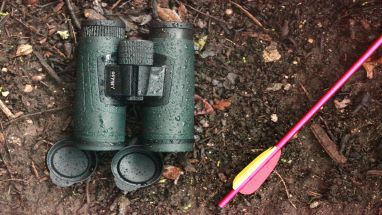Here is a good thread from Cloudy Nights summarizing the advantages and disadvantages of Porro and roof prism binoculars.
Porro vs. Roof prism binoculars - posted in Binoculars: Hi all,Here is a summation of what Ive gathered regarding the differences between porro and roof prism binoculars. Can you help me expand it?Porro prism binocular advantages:-brighter image vs. roof prism -cheaper to manufacture to a high...

www.cloudynights.com
Porro prism binocular advantages:
-brighter image vs. roof prism
-cheaper to manufacture to a high standard
-more fully illuminated exit pupils vs. roof prism
-wider TFOV vs. roof prism (shorter light path vs. roof prism)
-better depth of field vs. roof prism (improved stereoscopic view)
-accommodates bigger hands
Porro prism binocular disadvantages:
-collimation can be more easily misaligned
-external focusers w/bridge can be more difficult to truly waterproof
-longer close focus vs. roof prism
-larger apertures can be too big and bulky for smaller hands
Roof prism binocular advantages:
-more compact vs. porro prism
-lighter vs. porro prism
-fixed prism housing that holds collimation better than porro prism
-better close focusing ability vs. porro prism
-smoother focuser operation which is more adaptable to observing moving subjects
-better waterproofing vs. porro prism due to internal focuser
Roof prism binoculars disadvantages:
-much more expensive per aperture due to smaller prisms, phase coatings, and dielectric coatings
-dimmer image vs porro prism
-worse depth of field vs porro prism
-maximum aperture limited to 63 mm due to interpupilary restrictions







